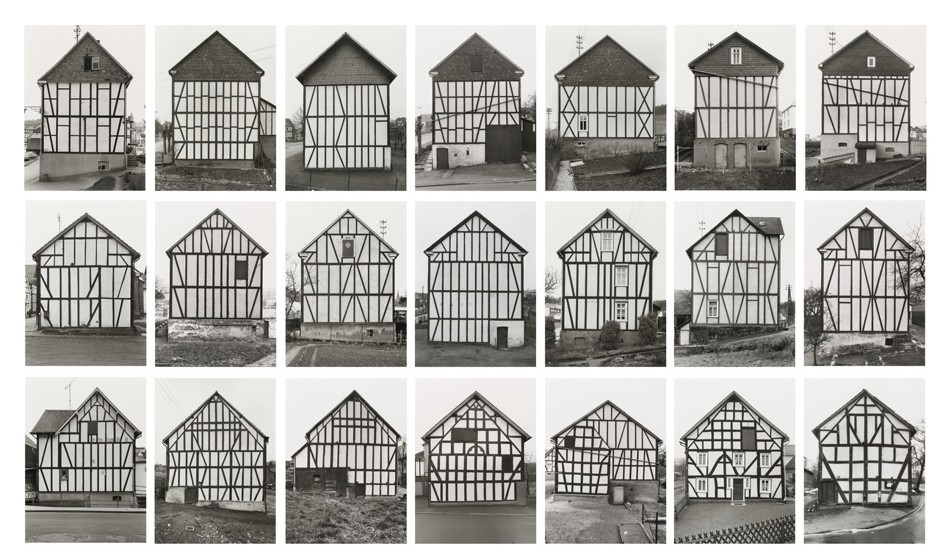
Topographic Photography is a technique in which typically a landscape is being photographed from afar.
New topographics was a term coined by William Jenkins in 1975 to describe a group of American photographers (such as Robert Adams and Lewis Baltz) whose pictures had a similar banal aesthetic, in that they were formal, mostly black and white prints of the urban landscape.
Some very important New Topographic Artists were, Robert Adams, Frank Gohlke and then Bernd and Hilla Becher.
Robert Adams focused on changing landscape in the American West. ‘New Topographic’ from Adams, meant the romanticism and idealism traditionally associated with landscape photography. Instead, they adopted a more objective and detached approach to capture the contemporary urban and suburban environment.
Frank Gohlke was also an American but he received two Guggenheim fellowships from the national Endowment for Arts. Gohlke’s oeuvre is marked by a preoccupation with framing landscape as a manmade construct: an artefact of the way we live, a projection of human actions, ideals and aspirations onto the horizon. Landscape is where the human and the natural worlds connect, and in Gohlke’s view, humanity’s power is limited, fragile and temporary.
These topographic photos show a connection between nature and the human aspect called juxtaposition. These two differences join together to create contrast and show how humans and nature always conjoin throughout life.
